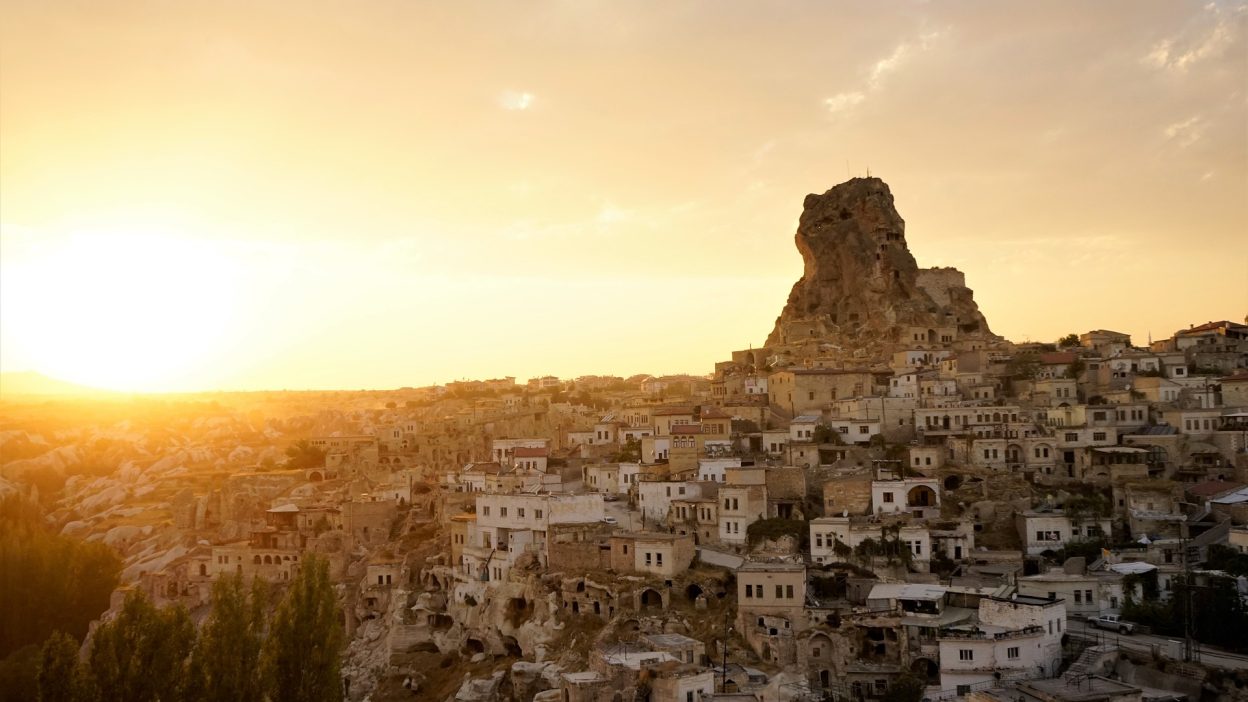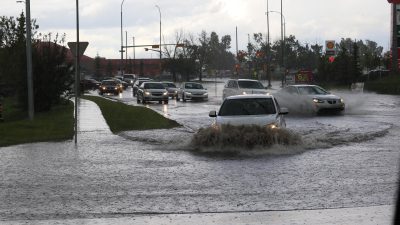The Forgotten Catastrophe That Shook The Ottoman Empire
- The Forgotten Disaster: How the 1903 Manzikert Earthquake Shattered Eastern Turkey
The 1903 Manzikert Earthquake remains one of Turkey’s most devastating yet often overlooked disasters. Striking the eastern region of the Ottoman Empire on 28th April 1903, this magnitude 7.0 earthquake left a trail of destruction, wiping out entire villages and claiming 3,500 lives. It also killed 20,000 animals and destroyed 12,000 homes, making it one of the deadliest earthquakes in Turkey’s history. Despite its catastrophic impact, it has largely faded from public memory, overshadowed by later earthquakes.
This article uncovers the deadly event, exploring its causes, destruction, and the failures that led to such immense loss. With Turkey still prone to seismic activity—having experienced over 100 earthquakes of magnitude 7.0 or higher throughout history—understanding this tragedy is crucial to preventing future disasters. - The Day the Earth Rebelled: A Timeline of the 1903 Manzikert Earthquake
On 28th April 1903, the ground beneath Manzikert (now in Muş Province) trembled violently, unleashing an earthquake that would go down as one of the deadliest in the region’s history. The earthquake, estimated to have had a surface-wave magnitude of 7.0, struck suddenly, collapsing buildings and causing widespread panic.
Survivors described how the earth shook for nearly 30 seconds, turning homes into rubble and burying people alive. With no warning systems in place, the residents had no time to react. The aftershocks continued for days, forcing many to sleep in the open, terrified of further destruction. On 6th August 1903, a strong aftershock caused additional damage and injuries, worsening the suffering of those already struggling to survive.
The tremors reached beyond Manzikert, impacting surrounding provinces such as Erzurum and Bitlis and causing landslides in mountainous areas. Entire villages vanished, and the lack of immediate relief efforts exacerbated the tragedy. - A City in Ruins: The Destruction and Death Toll
- Conflicting Death Toll Reports: Estimates vary, with some sources reporting 2,500 deaths, whilst others suggest a toll as high as 3,500 or more. The lack of proper records makes it difficult to determine the exact number.
- Villages Reduced to Rubble: Entire communities, including Manzikert and nearby towns, were flattened. Traditional stone and mud-brick homes stood no chance against the tremors, burying families inside.
- Infrastructure Collapse: Roads, bridges, and water sources were destroyed, cutting off survivors from external help. This lack of access worsened the situation as relief efforts struggled to reach the hardest-hit areas.
- Unprepared and Defenceless: Why the Damage Was So Severe
The destruction caused by the Manzikert Earthquake was not solely due to its magnitude. The poorly built infrastructure in Ottoman-era eastern Turkey contributed significantly to the loss of life. Buildings made from weak stone and mud bricks crumbled instantly under the shaking, leaving residents with little chance of survival.
Government negligence also played a role. In the years leading up to the quake, there were multiple smaller tremors, which could have been warning signs. However, no action was taken to improve construction standards or educate people about earthquake safety.
Additionally, the Ottoman Empire lacked a proper disaster response system. With no emergency teams or structured relief plans, survivors were left to fend for themselves in the aftermath, leading to an even higher death toll.
- Could It Have Been Prevented? Warnings That Went Ignored
Though earthquake science was still in its infancy in 1903, certain warning signs were overlooked. Seismic activity had been recorded in the area before, but authorities failed to take preventive measures. The absence of earthquake-resistant construction made homes vulnerable, turning what could have been a survivable event into a massive catastrophe.
Had there been better engineering practices, stricter building regulations, and a basic awareness of earthquake preparedness, many lives could have been saved. The failure to act on these early signs serves as a stark reminder of the cost of ignoring natural disaster risks. - How the Ottoman Empire Reacted: Relief, Recovery, or Failure?
In the wake of the disaster, the Ottoman government struggled to provide effective aid. The immediate response was chaotic and unorganised, with no central authority managing relief efforts. Survivors were left without food, clean water, or medical care, leading to further deaths due to injuries and exposure.
Aid took weeks to arrive due to poor transportation networks, and even when it did, it was insufficient. Many survivors were forced to rebuild their homes from the same weak materials, ensuring that the next earthquake would be just as deadly. The lack of long-term reconstruction planning meant that the region remained vulnerable for decades to come. - The Earthquake That Changed Nothing: Lessons That Went Unlearned
- No Structural Improvements: Despite the devastation, there was no significant change in building regulations, leading to future disasters in Turkey.
- Failure to Develop a Disaster Response System: The Ottoman government failed to create a proper relief plan, making every future earthquake just as chaotic.
- Ignored Scientific Progress: By the early 20th century, earthquake science was advancing, yet the lessons from Manzikert were not used to improve preparedness.
- 1903 vs. Today: Would Turkey Survive Another Manzikert Disaster?
Today, Turkey has made significant advancements in earthquake preparedness. Modern cities have strict building codes, early warning systems, and trained emergency responders. However, rural areas—similar to Manzikert in 1903—still lack proper infrastructure, making them just as vulnerable to another major earthquake.
Experts warn that another earthquake in the region is inevitable, and if preparedness measures are not improved, history could repeat itself. The 1903 Manzikert disaster should serve as a reminder of the devastating consequences of ignoring earthquake risks. - Conclusion: A Tragedy That Shouldn’t Be Forgotten
The Manzikert Earthquake of 1903 is a chilling example of how unpreparedness and weak infrastructure can turn a natural disaster into a mass tragedy. Despite the scale of the devastation, it remains largely forgotten, overshadowed by more recent earthquakes.
However, its lessons remain relevant. Without continued efforts in earthquake-resistant construction, early warning systems, and emergency response planning, similar disasters will continue to claim lives. The 1903 earthquake may be a part of history, but its warnings should shape the future.
FAQs: Answering the Biggest Questions About the 1903 Manzikert Earthquake
- How powerful was the 1903 Manzikert Earthquake?
It is estimated to have had a magnitude of 7.0, causing widespread destruction across eastern Turkey. - What was the estimated death toll?
Conflicting reports suggest between 2,500 and 3,500 deaths, but the true number remains unknown due to poor historical records. - Why was the destruction so severe?
Weak infrastructure, poorly built homes, and a lack of earthquake preparedness contributed to the heavy loss of life. - How did the Ottoman Empire respond?
Relief efforts were slow and uncoordinated, leaving survivors without food, shelter, or medical care for weeks. - Could a similar earthquake happen again in Turkey?
Yes, Turkey is on major fault lines, and experts warn that another devastating earthquake is inevitable in the region.
References:
· “1903 Manzikert earthquake” – https://en.wikipedia.org/wiki/1903_Manzikert_earthquake
· “Ms 7.0 Manzikert, Turkey” – https://ssgeos.org/archive/a1903/1903-04-28-manzikert-turkey-70.htm
· “Malazgirt” – https://en.wikipedia.org/wiki/Malazgirt




